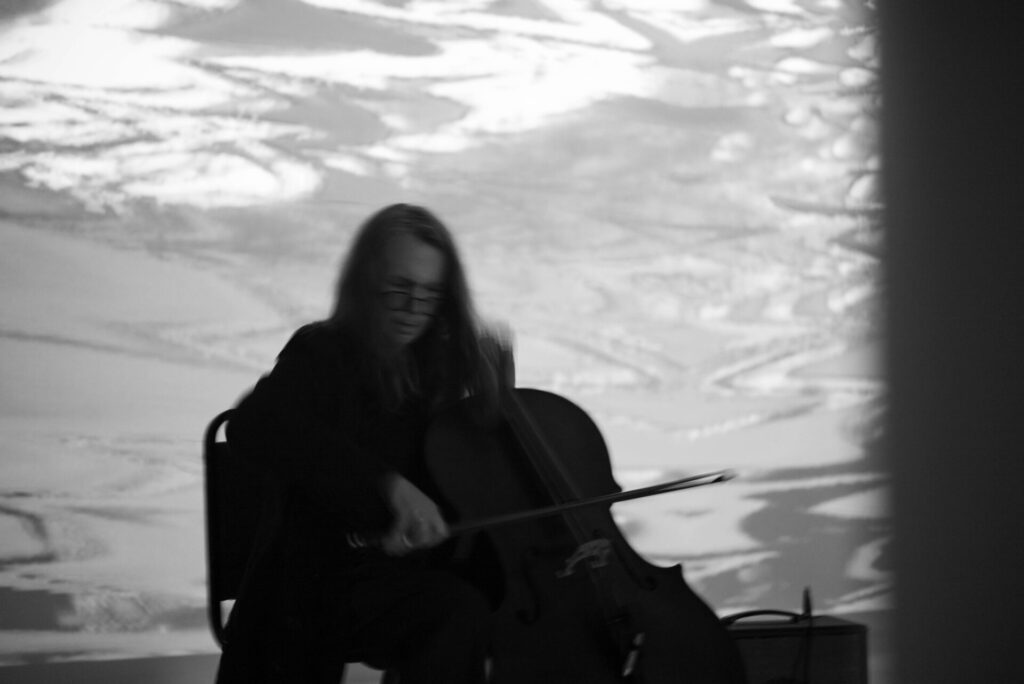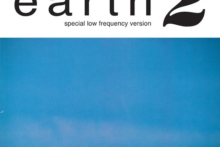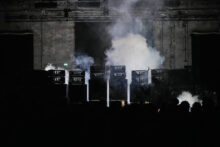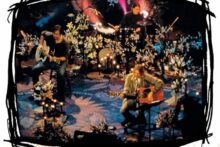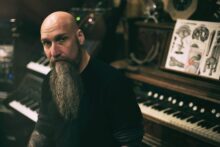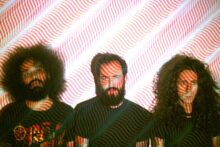“It’s a little bit preposterous that I’ve managed to do this for a living for such a long time,” says cellist Lori Goldston, of the calling she’s reluctant to call her career. A half-hour after our chat, she’s off to rehearse with Steve Von Till, guitarist of Neurosis and a regular collaborator of Goldston’s, in advance of a festival they’ll play together in the woods of Seattle. When autumn arrives, she’ll be off to perform in the Bay Area, with shows on the East Coast in October, a trip to Mexico in November. Around those plans, she’ll continue improvising on her cello for dancers at performances, recitals and classes – a rewarding day-gig that keeps the wolves from the door – and providing live scores for screenings of silent movies, and collaborating with friends old and new, and performing for herself, the itch she never tires of scratching.
It’s a typically peripatetic artist’s life, and she admits that, on some deep, primal level, she must love it: the formlessness, the precarity, the unpredictability. 30 years ago, when she accepted an offer to perform onstage with Nirvana for what became their final tours (more on that later), a door opened and she saw another path, as alt rock’s go-to strings person. The money would have been good, solid, regular. But something inside made her resist, and chase this loose, undivinable route instead. “It must be something in my disposition,” she shrugs, with another smile. Regrets, she’s had… well, none whatsoever, if her demeanour is telling the truth.
Late in 2022, following the jumble of opportunities and whims that govern her existence, Goldston embarked upon a solo tour of Ireland. “A friend flew me over to play a party,” she says. Coincidentally, before she set off, Willie Stewart – formerly of Hypnagogic Tapes and now founder of Nyahh Records, an imprint based in Leitrim that describes itself as “a home for sound collectors, noise makers and music builders” – offered to set up a tour for Goldston next time she was in Ireland. “I’d been to Ireland only briefly before, while I was touring with Earth,” she adds (more on that, also, later). “It was high on my list of places I wanted to spend more time in – it made a huge impression on me over just a few days. I had so many musical encounters in such a short period of time – people’s musical literacy and interest was so high.”
Stewart booked Goldston four shows – at Plugd Records in Cork, Limerick traditional music venue Dolan’s, Droichead Arts Centre in County Louth and The Dock in Carrick-on-Shannon – and accompanied her with his recording gear. Afterwards, he wove those recordings together to produce Goldston’s latest release, Convolutions. It’s a remarkable collection: four pieces that draw the listener intimately close to Goldston’s instrument as she improvises and revels in all the potential for sound and experience that resides within her cello. The sounds contained on the album – which she admits she’s not spent much time with, preferring to keep moving, to keep creating, than to dwell on what’s been done – are typical, if such a thing were possible, of what occurs on her solo improvisational shows.
“Sometimes a song drifts in,” she grins. “And sometimes there’s no songs, and it’s very minimal, or totally abstract. Usually, it’s somewhere in between. One day it was kind of hot, so I was trying to think of how to make the music be cooling in some way, or relaxing, or spaced-out. Sometimes I’ll play a show at someone’s home, and then it’s just their friends and neighbours, and so maybe I don’t want to just make it full-on ‘black metal’ and I’ll play some songs and keep everybody happy.” She laughs again. “It’s nice to mix it up a little bit: to be abstract, narrative, loud, soft, dense, quiet. I might as well take advantage of all the tools at my disposal.”
She first started playing cello aged 11, after she joined her high school orchestra back in Long Island, New York. “I had to pick an instrument, and I already played guitar, so I chose a stringed instrument. I didn’t know much about it; I’d never seen anybody else play cello.” It’s a big instrument to wrangle on public transport as a school-kid. “It’s not too bad – it’s not a double-bass or a harp.”
She went on to study at Bennington College in Vermont, but dropped out before graduating. “I was never about having a specific career playing cello,” she says. “I didn’t study to go to conservatory. But clearly I was serious about it early, and I liked it. My relationship with the cello hasn’t changed – it’s always been irresistibly fascinating to me, and I’ve always been careful to maintain my focus on that, rather than smart career moves.” She wasn’t interested in mastering the cello, I suggest – her focus was, instead, to perpetuate the possibility for discovery within it. “Absolutely,” she nods. “I would never dream of mastering it. I don’t see that as possible.”
In that spirit, after leaving Bennington, Goldston engaged in a process she describes as “rigorous de-training”. She explains: “I felt a lot of constraints on the cello, because of the training I’d received. I’d started playing guitar when I was seven, and your brain is really different when you’re seven than when you’re 11, when I started cello. You’re just much less constrained at seven, and on guitar I could play by ear and improvise. I felt constraints on playing cello that I didn’t when I played guitar, and that bothered me, it irked me. I felt driven to bridge that gap. I grew interested in improvisation, both improvising with dancers and free improvisation. I was attracted to that part of the discipline that involves trying to unseat habits in your head.”
Her style evolved, and kept evolving, though she acknowledges her playing isn’t entirely avant-garde. “I don’t ever hit the cello. I don’t change the tuning, I don’t use a different kind of bow. I don’t prepare it. In a way, I’m extremely traditional. But I think about it very differently – like, what can I get out of this thing? What can this thing do? Sometimes people are like, ‘that’s not what you’re supposed to do with a cello!’ But I don’t do anything all that far-out, in terms of the actual instrument and how I am with it, physically. But the way I think about the cello is very, very expanded, for sure.”
After Bennington, she bounced around: to Boston, then back to Vermont, before settling in Seattle, Washington in the late 1980s. “I always fell in with a lot of different kinds of musicians,” she says. “If something going on, I was excited to jump in, especially if I didn’t know anything about it. In Boston, I played percussion with Brazilian musicians. And in Seattle… Well, famously, everybody plays loud electric guitars here, and so I just naturally fell into that. At some point, there was a lot of really noisy, dense punk and experimental music and rock that overlapped with Sonic Youth and Swans and Glenn Branca. It was really exciting to learn about using timbre as a whole other parameter, and as a way of developing emotional zones. Because that just doesn’t really happen in classical music – it wasn’t really in my training at all. There’s a binary within classical pedagogy: this is how this instrument sounds, and if it sounds another way, it’s wrong. But it was exciting to think of instruments sounding a lot of different ways. It was like stepping into Oz all of a sudden: like, ‘Oh, there’s this whole other dimension of tone, and timbre as an expressive parameter!’”
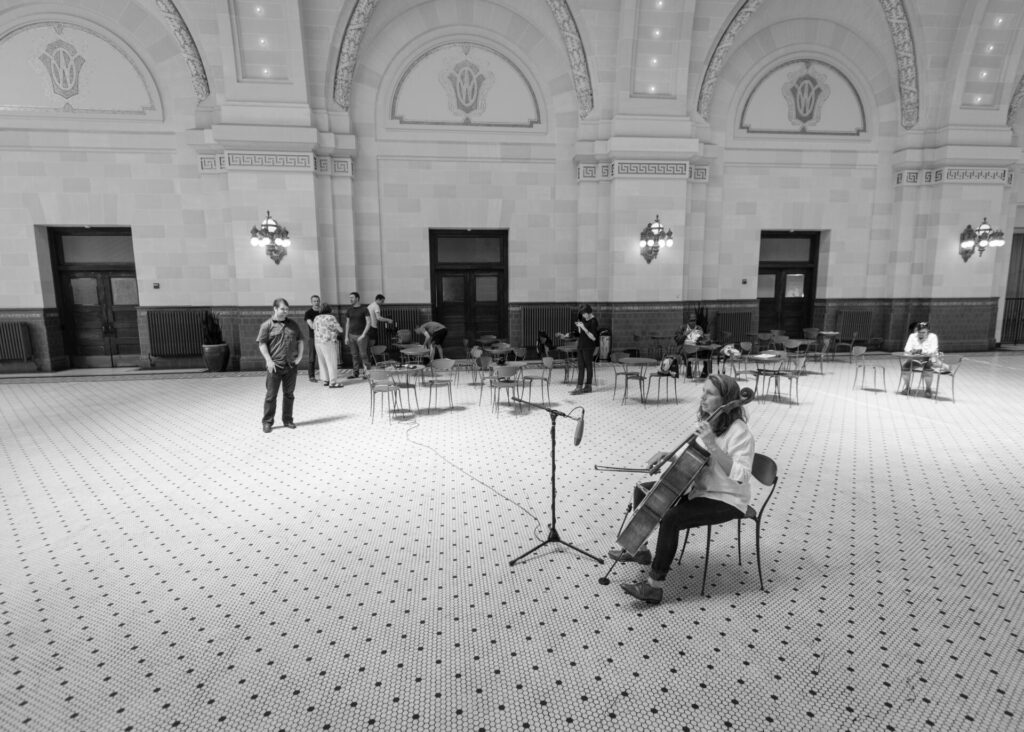
In the early 90s, Goldston took part in a Seattle-based art project to draw attention to the war in the Balkans. “There was a piece involving cellists in different places in the city performing to commemorate the bombing of a bakery in Sarajevo,” she says. “All these people who were just lining up to buy bread had been killed in the bombing, and in response a cellist who played in the symphony orchestra there played in the ruins for days – one day for every person who had died. In dialogue with that, there was a series of random performances across Seattle, on sidewalks.” Goldston’s performance in this art piece put her on the radar of Krist Novoselic, whose parents were Croatian. When Nirvana toured In Utero, and wanted to have a cellist performing onstage during some of their songs, he approached Goldston, who also went on to play with the band for their legendary MTV Unplugged session.
“I was already playing guitar, so I could improvise my parts and didn’t require having the notes written up for me,” she remembers. “I wrote my own parts, I played some things different every night, and sometimes they’d hum a new counter-melody to me that they wanted to happen at a certain point. I really liked the band, and they were good to me. It’s not my inclination to play the same thing every night. I kind of wished I’d been playing with them on one of their earlier tours, when it wasn’t such a big production, and I didn’t have to do exactly the same set in exactly the same position every night, because of the lighting cues. There wasn’t a lot of leeway to be spontaneous.”
That sounds like the dichotomy the band themselves found they were caught up in. “It’s definitely not as much fun,” she nods. “But playing the big venues… It was very nerve-wracking at first, and then I really got to like it. It was just very festive – there were just really, really happy teenagers everywhere, thousands of really, really happy teenagers. Which was great. I like teenagers. And when they’re happy, they’re really happy. So it was pretty cheerful, really. It wasn’t too wild – it didn’t feel too manic or crazy. Everybody was very professional. They hired really good bands that they wanted to hear and hang out with, and the crew was great, and it was a pretty ace team. It’s hard to tour – it’s exhausting sometimes. But it’s pretty doable, you just have to have low standards for your personal comfort [laughs]. We stayed in nice hotels. I got to stay in the Ritz Carlton a lot, I could afford room service if I wanted it.”
She was in the band, but not in the band; the chaos around the group, especially in those last dark months, didn’t touch her. A blessing then, though she admits now, “I feel a little bit like the guy airbrushed out of the photo of Stalin. Because I’m a little invisible, too, in this weird way. It also feels a little bit like a raw deal – I have people asking me for an autograph that they’re going to sell on eBay, but then at the same time there’s a music museum probably three miles from my house, and they have Nirvana exhibits all the time, but nobody has ever called me, interviewed me, contacted me, invited me. It’s weird. Like, I live so close by. And I don’t get any money for any of the stuff I did with Nirvana, not even for MTV Unplugged. My contribution is of zero value to the music industry. I mean, I got a day-rate at the time, but… And that’s very typical of the music industry.”
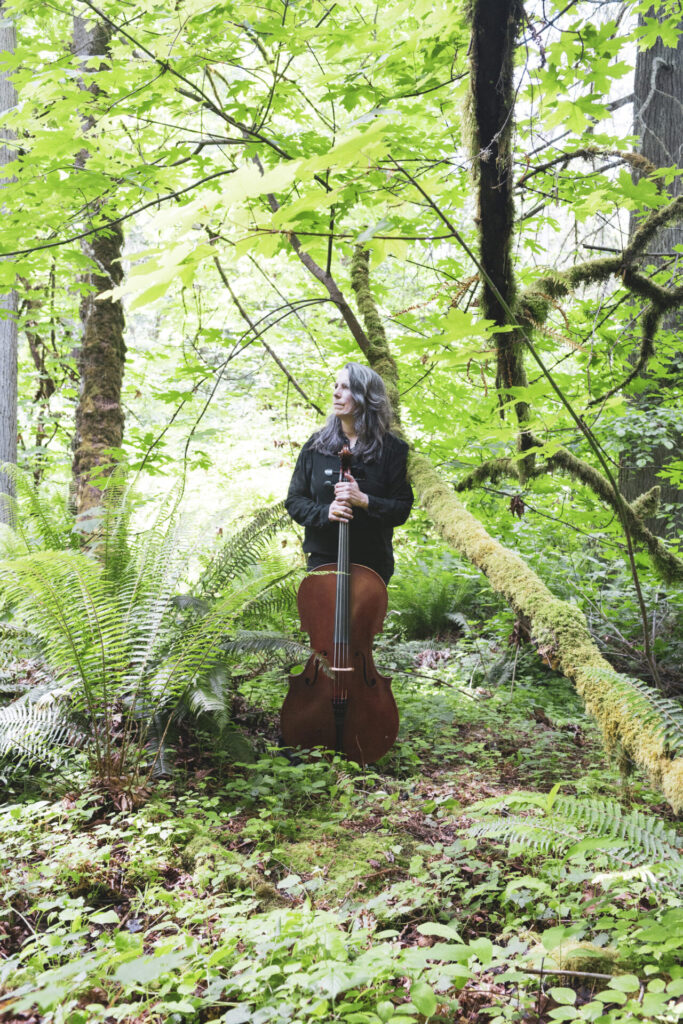
Maybe the real value of the Nirvana tour was clarifying the path Goldston didn’t want to take. “The tour felt like an aberration at the time, partly because I don’t really like to play the same thing every day in the same way,” she says. “It felt like, ‘Yeah, this is something I’ll do for now, and then I’ll just go back to whatever I was doing’.” She craved the freedom to pursue wild ideas on a whim – she craved the life she has now, basically. “I just get a lot of ideas and get myself involved in all kinds of weird projects. I got an offer to tour with somebody recently, but I was like, ‘I can’t go out on tour with you for two years because I’m on the hook to do this puppet opera I’m writing.’ But also, it’s not that appealing, to set aside two years of your life and just play the same thing over and over. It’s really doesn’t appeal to me, even if it’s smart to do.”
Instead, she’s pursued ideas and collaborations as they fit her. It’s been a charmed life that’s seen her work with a riot of unlikely accomplices, including Cat Power, David Byrne, Terry Riley, Mirah, the Wedding Present, Protomartyr and SunnO))) collaborator Jessika Kenny. She’s also a floating member of Earth, her contributions illuminating, in particular, the group’s Angels Of Darkness, Demons Of Light albums. “People assume I’ve known Dylan Carlson for decades or something,” she says, “but it’s that same old Seattle story – it began through friends of friends. I knew Steve Moore, who played keyboards with them, and met Dylan just as Steve was about to not be playing keyboards with them. And playing with Earth has been a pleasure. It’s hard music to play, because Earth has a very specific sound and feeling, and it’s very slow, and you have to get into this very particular zone to play with Dylan. It took me some time. It’s actually very difficult to play slow, or to just not play. It has as much to do with what you’re not doing as with what you’re doing. And that’s really hard.”
The connection with Carlson has been incredibly rewarding, however, and their music together embodies many elements of her other projects: her improvisations, her film scores, her own records and her other collaborations. “Working within very full dynamics is very invigorating and kind of life-affirming,” she says. “It’s nice to have things go really big, and it’s also dramatic to have things be very minimal and framed by empty space or changes in timbre. It’s that old cliché about a dramatic whisper carrying more weight than somebody yelling. It’s nice to use the whole range. And that includes backing off, and how little can you play and still get away with it.”

